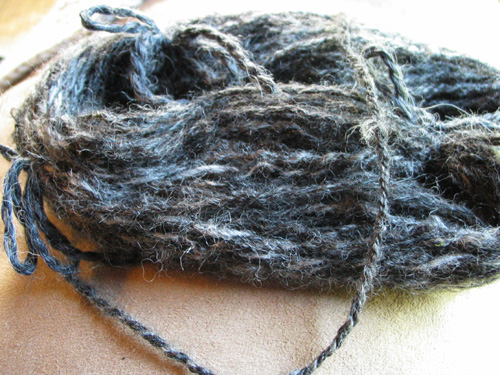When writing a business plan for your new alpaca adventures the ultimate question is what does it cost to care for an alpaca per year? The truth is a lot more than what you’re really thinking about but we’ll get into that later. What most folks want to know is the bare bones after the big one time purchases.
The following numbers are based on what it cost me to care for 1 alpaca in 2008. A few things about our farm; animals are on full pasture for 6 months of the year and on hay for the winter. Our water buckets are heated in winter and fans are on 24/7 in the summer. The numbers were broken down to literal cost per head. For example: If I bought a box of 100 syringes for $20 but only used 14 syringes on 1 animal that year the cost per head = $3.
Cost per head per year in Western NY for 2008:
Hay: $38.50
Grain: $30
Minerals: $4
Wormer: $24
Rabies: $20
CD&T: $2
Syringes: $3
Vet Misc: $30
Heated Water (electric): $20
Summer Fans (electric): $10
Shearing: $25
Teeth: $10
——————–
Total: $216.50
Sounds like you could make a profit on that right? I know what you’re thinking. Alright! All I have to do is sell 1 female alpaca and poof massive profit! It’s time to think a bit harder before you get too excited. Remember you have to think of your start up costs too. Cost of the livestock, property, buildings, fencing, electric, trash, water, equipment, gas, marketing, fiber processing, show fees, travel, and the list just goes on and on and on. Don’t panic! It’s not that bad since anything farm related has a nice tax benefit to it. Also, the # of animals you have depends on your cost per head. The more animals you have the lower cost per head. It’s always much more expensive to care for 1-2 animals than it is 20-30. The Vet charges per visit not per head! You’re also running fans, heating water, buying supplies that expire before you can use them, etc for 1 animal or 20. Right now our cost per head is pretty high since we only have 8 alpacas so all of my expenses are divided by 8. Some of the larger farms I’ve talked to claim they have managed to get their cost per head down to $65-75. Efficiency is the key.
The best thing to do before your first purchase is to be prepared. On farm visits ask tons of questions and write down everything! Talk to accountants, and constantly reference your business plan to make you stay on course. Alpaca ownership can be very rewarding and comfortably profitable. Like with any new business it does take time to settle in and make a profit. The best thing about alpaca ranching is you can easily keep a full time job while managing your foundation herd until the investment starts to turn a profit. Many alpaca farms I visited still keep that full time day job and the ones that opted to fully give up the rat race managed to leave in 3-5 years.
See Our Other Posts!
Starting an Alpaca Farm: New Buyers Guide
Agisting Vs Farm Ownership
Alpaca and Taxes


